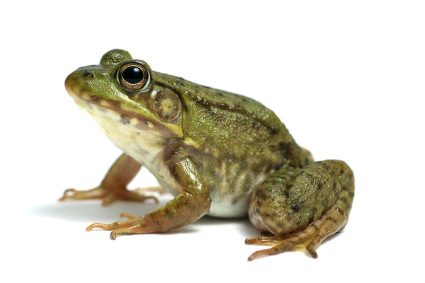
Fertilizers, commonly used to enhance plant growth, are a routine part of maintaining a healthy garden or lawn. However, homeowners often wonder if these substances can help control tick populations. Ticks, notorious for their role in transmitting diseases like Lyme disease, pose a significant threat to humans and pets alike. Let’s dive into the issue and explore whether fertilizers can indeed eradicate ticks.
Fertilizers alone do not eradicate ticks. The nutrients in fertilizers – nitrogen, phosphorus, and potassium – have no direct impact on ticks. However, some fertilizers contain pesticides that can help control ticks. For effective tick control, consider using specific tick control products, maintaining good landscaping practices, and exploring eco-friendly alternatives.
Fertilizers and Ticks: The Connection
Contrary to popular belief, fertilizers themselves do not eradicate ticks. In fact, the nutrients commonly found in fertilizers – nitrogen, phosphorus, and potassium – have no direct impact on ticks. However, some fertilizers contain pesticides that can help control ticks and other insects. For instance, a product like Entourage Grub and Tick Control With Summer Fertilizer is designed to feed your lawn and prevent insects, including ticks, from thriving.
How to Control Ticks Effectively
While fertilizers alone may not eradicate ticks, certain landscaping and vegetation management practices can help reduce tick populations. These include:
- Keeping grass short and removing leaf litter
- Clearing tall grasses and brush around homes and at the edge of lawns
- Creating barrier strips of wood chips or gravel between lawns and wooded areas
- Applying natural tick control products like Lawnbright’s Yard Patrol, which uses cedar oil to control ticks
- Using tick control insecticides like permethrin or bifenthrin
Remember to follow the manufacturer’s instructions for proper application and safety precautions when using any tick control products.
The Environmental Impact
It’s important to consider the environmental impact when using fertilizers for tick control. Pesticides can contaminate non-target plants and environmental media, leading to pollution and potentially negative effects on human health. Additionally, pesticide application can affect pollinator populations. To minimize these effects, follow label directions and consider non-chemical methods for controlling pests.
Fertilizer Application for Tick Control
If you choose to use a fertilizer for tick control, ensure you select a product specifically designed to deter ticks and that it is safe for your lawn, pets, and family members. Always follow the instructions on the product label and apply the fertilizer during late spring to early summer when ticks are most active. Target areas where ticks are likely to thrive, such as tall grass, brush, and piles of leaves. Remember to keep children and pets away from the area during application.
Alternative Methods
If you’re looking for alternatives to using fertilizers for tick control, consider the following methods:
- Use organic tick control products like cedar oil, neem oil, or diatomaceous earth
- Plant tick-repellent plants such as sage, mint, garlic, lavender, rosemary, and marigold
- Maintain a tidy yard by trimming weeds, pruning trees, and removing wood piles
- Use natural tick repellents like garlic oil or peppermint oil
- Implement tick habitat treatments that target tick-carrying animals like white-footed mice
Conclusion
In conclusion, while fertilizers alone do not eradicate ticks, certain products combined with good landscaping practices can help control tick populations. Always remember to use these products safely and responsibly, considering their potential environmental impact. And keep exploring alternative, eco-friendly methods for tick control to keep your lawn safe and healthy.
Frequently Asked Questions
What is Lyme disease?
Lyme disease is an infectious disease caused by the bacterium Borrelia burgdorferi. It is transmitted to humans through the bite of infected black-legged ticks. Symptoms can include fever, fatigue, headache, muscle and joint aches, and swollen lymph nodes.
What does it mean when a product is eco-friendly?
An eco-friendly product is one that is not harmful to the environment. This term most commonly refers to products that contribute significantly less damage to the environment than their non-eco-friendly counterparts.
What are the risks associated with using chemical pesticides?
Chemical pesticides can pose several risks including potential harm to non-target species, contamination of soil, water, and other elements of the environment, and potential health risks to humans and pets if improperly handled or applied.
How can I identify ticks in my yard?
Ticks are small, spider-like creatures that are most commonly found in areas of high vegetation, such as tall grass, brush, or leaf piles. They vary in color from shades of brown to reddish brown and black. As they feed, they can swell to a much larger size, becoming easier to spot.
What are some signs of tick bites in pets?
Signs of tick bites in pets can include a small red bump similar to a mosquito bite, inflammation, loss of appetite, fever, lethargy, or lameness. If you notice these symptoms in your pet, it’s important to contact a veterinarian.









